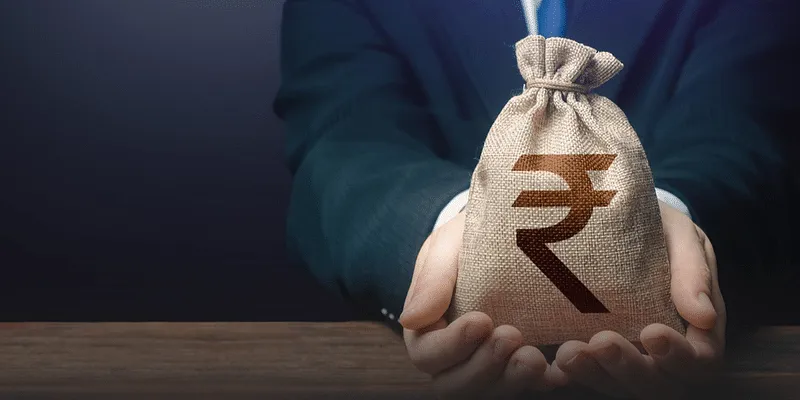MSMEs show borrowing growth; increase in share of credit from SCBs, NBFCs: Report
According to the report, post-pandemic, delinquency rates have shown a steeper decline for medium-sized enterprises, followed by small and micro enterprises.
The Indian micro, small, and medium enterprise (MSME) sector's borrowing prospects have risen, thanks to a reduction in risk levels and an improvement in delinquency rates.
According to a bi-annual report titled 'MSME Sampark' by U GRO Capital and Dun & Bradstreet, the positive trend in the MSME sector post-pandemic has led to heightened credit growth and an increased share of credit disbursed by Scheduled Commercial Banks (SCBs) and non-banking finance companies (NBFCs) to MSMEs.
According to the report's data, post-pandemic, delinquency rates have shown a steeper decline for medium-sized enterprises, followed by small and micro enterprises. In terms of lenders, the decline has been more pronounced for Public Sector Banks (PSBs), followed by NBFCs, and private banks.
The research revealed a decline in business and sales activity in 2020, followed by a significant 77% of customers resuming their activities in the first year after the pandemic.
Post-pandemic, good recovery was seen in smaller entities, however, at a slower pace than the larger ones, the report noted. Over 50% of entities with turnovers of less than Rs 10 crore witnessed year-on-year (YoY) growth of over 10%, compared to ~60% for higher turnover entities. Additionally, more than 68% of customers demonstrated sales growth of over 10% YoY in the second year post-pandemic.
Despite experiencing a decade-high credit growth, there is untapped potential for further expansion as credit intensity remains low. India's credit penetration, currently at 52%, stands as the lowest among its Asian counterparts—China (185%), South Korea (175%), and Vietnam (126%), as per the report. The credit intensity and growth of NBFCs have maintained an upward trajectory, surpassing pre-pandemic levels, SCBs anticipate an uptick.

MSME ecosystem stakeholders react to Budget 2024; term it “optimistic”
Nevertheless, NBFCs exhibited a consistently robust credit growth pattern in both micro and small segments both before and after the pandemic. They continue to exercise heightened caution when dealing with high-risk firms. This suggests that low-risk enterprises have greater access to credit, while high-risk ones are encountering challenges in securing funds from both banks and NBFCs in the post-pandemic period, the report noted.
According to the report, MSMEs are increasingly realising that to grow, getting formal recognition is vital, which will help them receive credit from formal institutions (banks and NBFCs) and the various benefits offered by ongoing and future schemes from the government. Since the inception of UDYAM in 2020, MSME registrations on the platform have increased 2.4X, while they have generated 1.6X more employment opportunities by FY23.
More than 25,000 MSMEs were studied over three years to prepare this report.
MSMEs are a crucial driver of the nation's economic growth and have shown remarkable resilience and expansion in the aftermath of the COVID-19 pandemic, the report noted.
It highlighted a significant increase in the contribution of MSMEs to India’s Gross Value Added (GVA) from FY21 to FY22, indicating a rebound for these businesses from the pandemic. However, their share in overall exports has declined despite the general recovery in exports during FY22.
“This underscores the necessity to enhance MSMEs’ export capabilities given the persistent weakness in external demand,” the report stated.
The growth in the MSME sector corresponds to India's growth post-pandemic, becoming one of the fastest-growing major economies. India’s real gross domestic product (GDP) at constant prices (2011-12) grew by a faster-than-expected 7.6% in the July-September quarter of 2023.
Edited by Kanishk Singh







